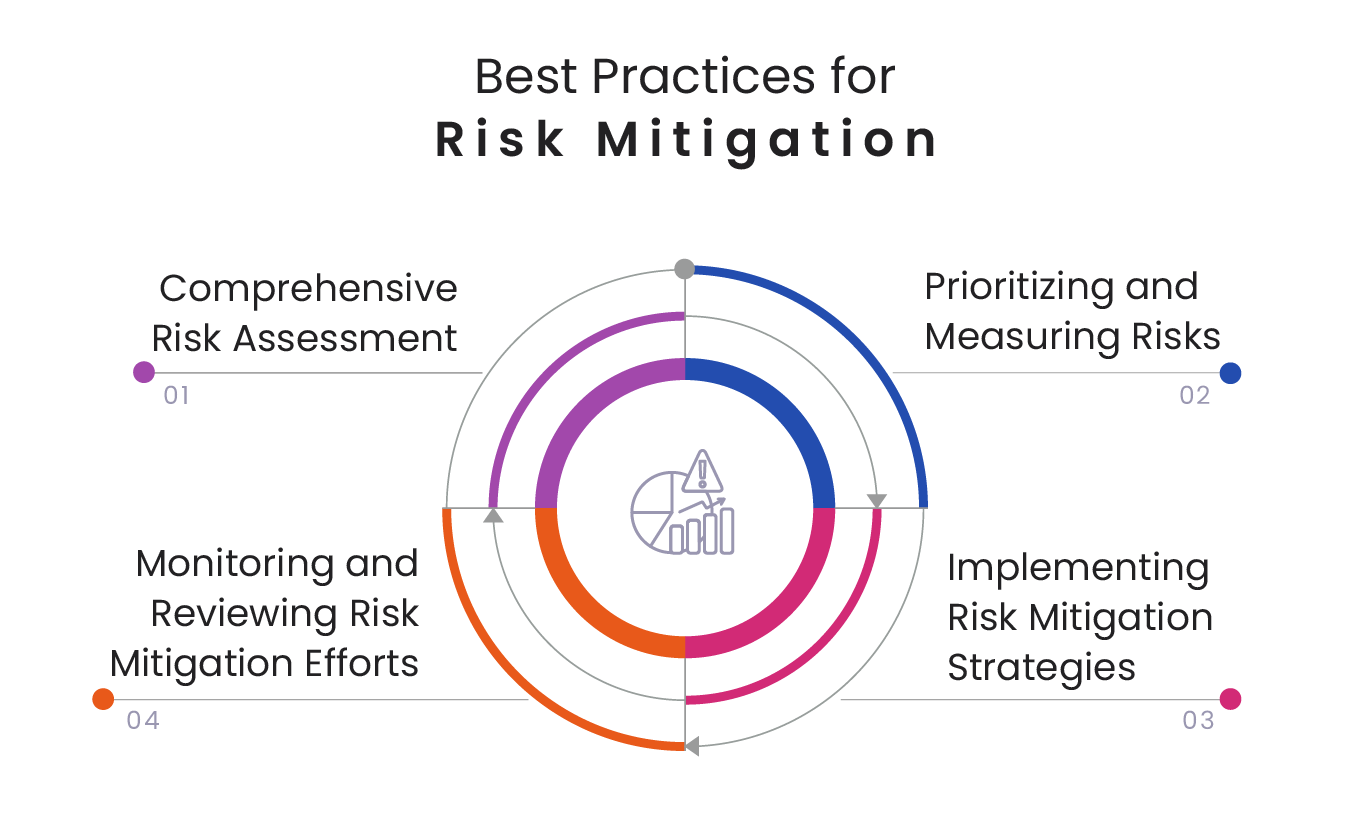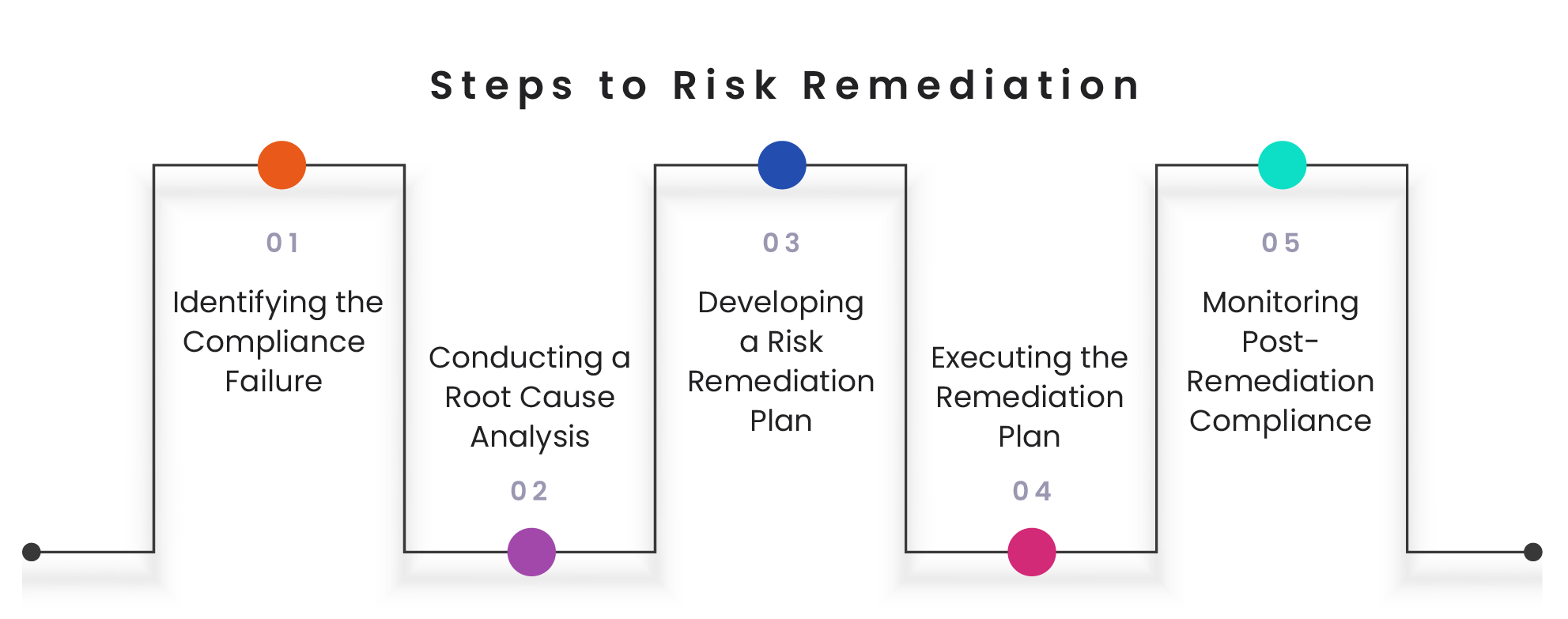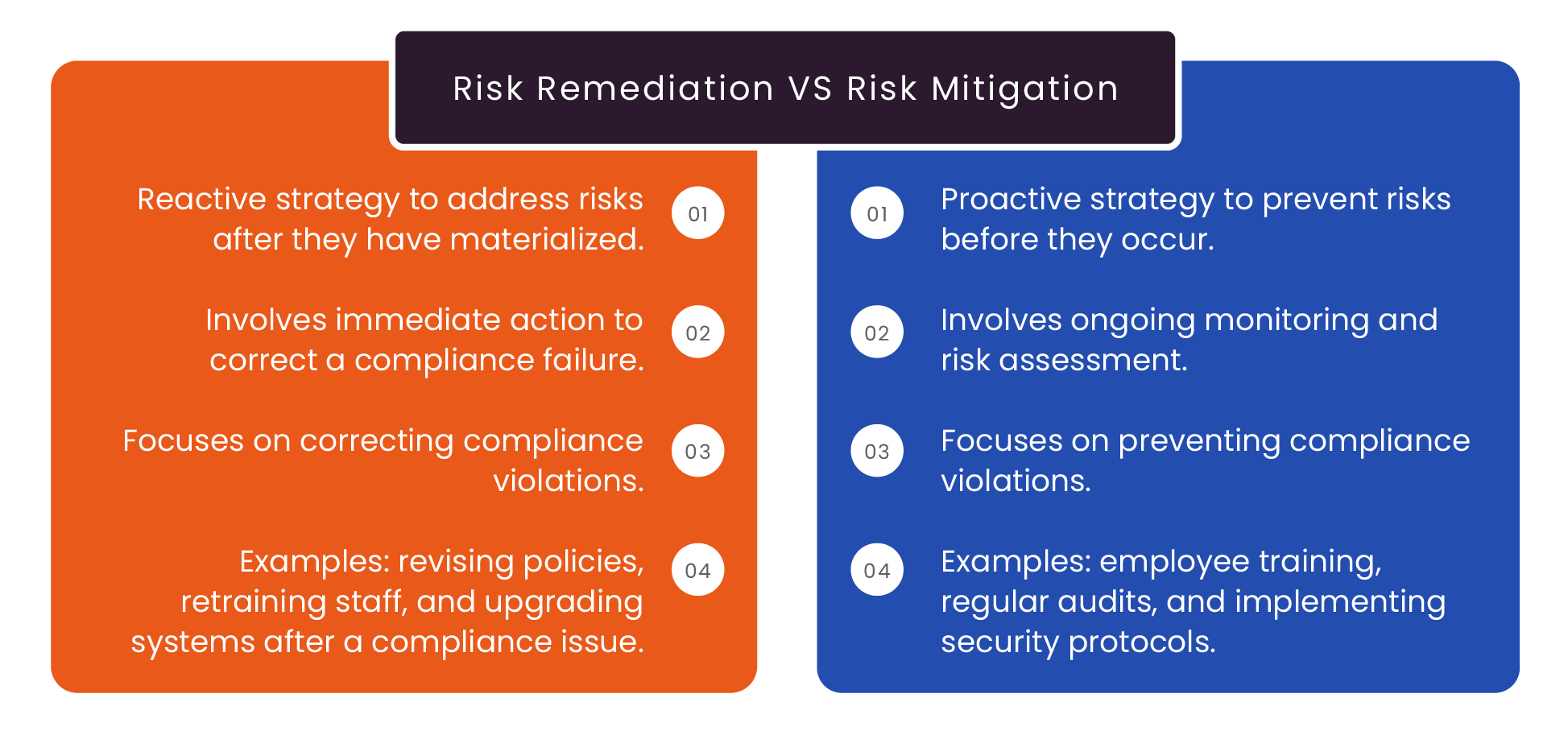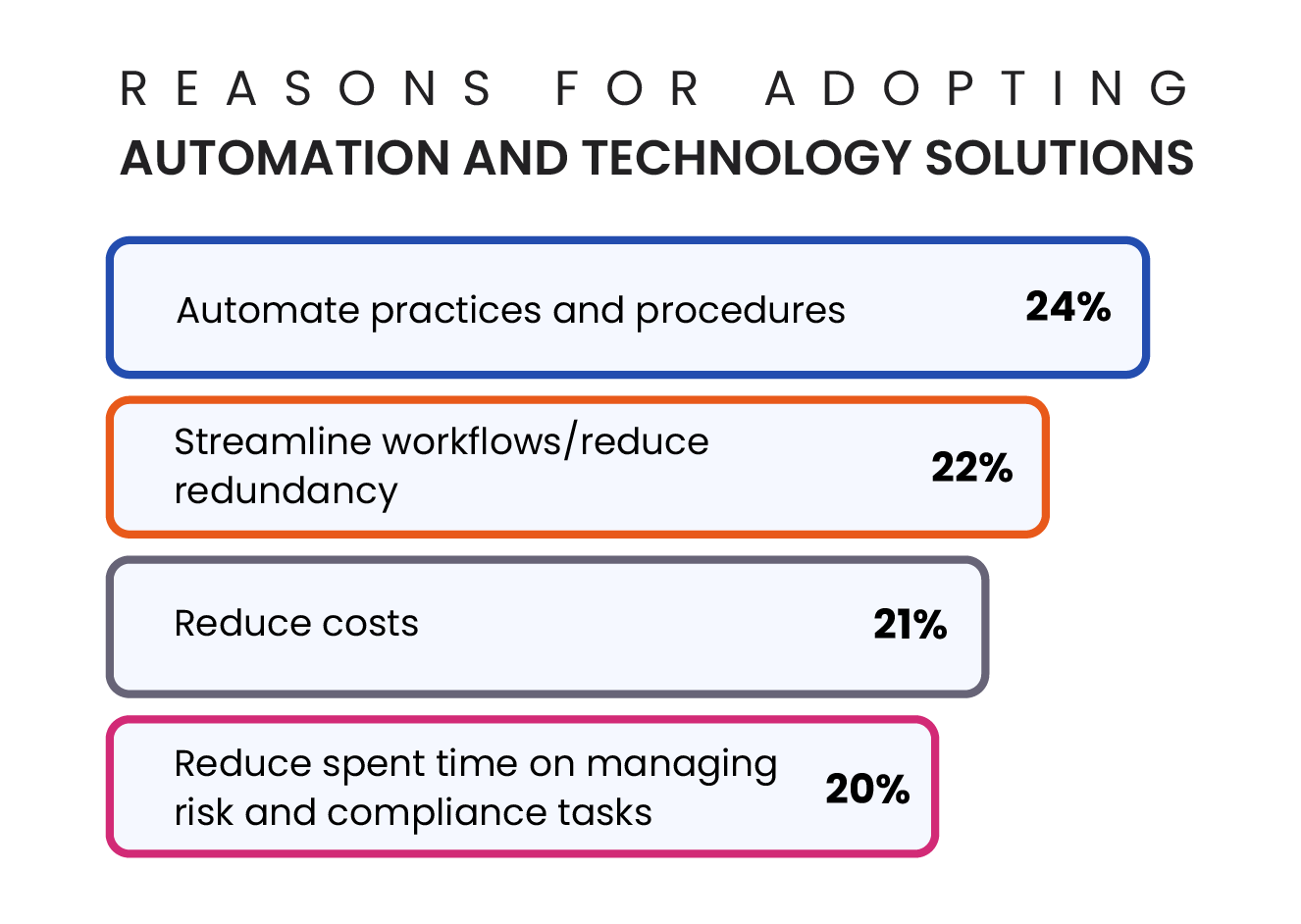Compliance professionals in the U.S. must navigate a complex landscape of regulations, including those set forth by the Department of Health and Human Services (HHS), the Food and Drug Administration (FDA), and the Office of Inspector General (OIG). At the core of this effort are two key strategies: risk mitigation and risk remediation. While both aim to manage compliance risks, they differ significantly in approach, timing, and execution.
In this blog, we will explore the differences between risk remediation and risk mitigation, provide insights into their roles in life sciences compliance, and explain how companies can balance these strategies to effectively manage and reduce compliance risks.
Understanding Risk Mitigation in Life Sciences Compliance
Risk mitigation is a proactive approach to managing compliance risks. It focuses on identifying potential risks before they materialize and developing strategies to minimize or eliminate them. In the highly regulated life sciences industry, mitigating compliance risks is essential to avoid hefty fines, legal penalties, and reputational damage.
Best Practices for Risk Mitigation
The process of risk mitigation in life sciences compliance involves several key steps:
- To mitigate risk effectively, companies must conduct a thorough life sciences risk assessment. This process involves identifying all potential risks, including regulatory changes, operational inefficiencies, and data security vulnerabilities. For instance, life sciences companies may face risks related to compliance with the Anti-Kickback Statute (AKS) or the Foreign Corrupt Practices Act (FCPA).
- Not all risks are equal. Compliance professionals must prioritize risks based on their likelihood and impact. Risks that pose significant legal or safety concerns, such as product quality failures or improper HCP (Healthcare Professional) engagements, should be addressed immediately.
- Risk mitigation strategies are actions taken to reduce the likelihood of a risk occurring or minimizing its impact if it does. In life sciences, examples of risk mitigation strategies include developing robust training programs to educate staff about regulatory requirements, conducting regular compliance audits, and implementing data security measures to protect sensitive information.
- Risk mitigation is an ongoing process. As new risks emerge and regulations evolve, life sciences companies must continuously monitor their compliance efforts, adjust their mitigation strategies, and ensure that all potential threats are addressed.
The Role of Risk Remediation in Life Sciences Compliance
While risk mitigation focuses on prevention, risk remediation involves addressing risks that have already occurred. It’s a reactive process designed to correct compliance failures and minimize the damage caused by those risks.
Steps to Risk Remediation
When a compliance issue arises, companies must act swiftly to remediate risk and ensure that they remain in line with regulatory requirements. The remediation process typically involves the following steps:
- The first step in risk remediation in life sciences is identifying the compliance issue. This may occur through internal audits, regulatory inspections, or whistleblower reports. For example, if a pharmaceutical company fails to report adverse events in accordance with FDA guidelines, this constitutes a compliance failure.
- Once the issue is identified, compliance professionals must determine the root cause of the problem. Was it due to inadequate employee training, system malfunctions, or poor oversight? Understanding the root cause is essential for implementing effective risk remediation techniques.
- A risk remediation plan outlines the steps necessary to correct the compliance failure and prevent its recurrence. This plan may involve revising policies, retraining employees, or upgrading systems. In the case of reporting failures, for instance, the remediation plan might include updating internal reporting systems to ensure accurate and timely submissions.
- After developing the plan, the company must take immediate action to remediate the risk. This might involve notifying regulatory authorities, correcting the issue, and conducting internal audits to confirm that the problem has been resolved.
- Even after remediation is complete, companies must continue to monitor compliance in the affected area. Regular audits and assessments are critical to ensure that the issue does not resurface.
Risk Remediation Vs. Risk Mitigation Explained
While both risk mitigation and risk remediation are essential for managing compliance risks in life sciences, they are fundamentally different approaches.
The Importance of Balancing Risk Mitigation and Remediation
For effective compliance risk management in the life sciences industry, companies must balance both risk mitigation and remediation efforts. Prioritizing one over the other can leave the organization vulnerable. An over-reliance on remediation, for instance, may result in repeat violations and escalating penalties. On the other hand, focusing solely on mitigation without having a robust remediation process in place can leave the company unprepared for inevitable compliance issues.
Risk Remediation in Action: A Compliance Risk Remediation Example
Consider a pharmaceutical company facing a breach of Good Manufacturing Practices (GMP) standards, leading to a product recall. The initial response would involve swift risk remediation—identifying the batch of products affected, informing regulatory bodies, and removing the products from the market. However, to prevent future breaches, the company would also need to engage in risk mitigation, such as improving manufacturing processes, training staff on updated GMP guidelines, and enhancing quality control measures.
Proactive Risk Management: The Key to Reducing Compliance Risks in Life Sciences
The best way to ensure compliance and reduce risks in the life sciences industry is by taking a proactive approach to risk management. This involves not only mitigating risks before they arise but also having a solid plan in place to remediate risks when they do occur.
Adopting a comprehensive risk management framework ensures that companies can:
- Identify and prioritize risks through comprehensive risk assessment methods.
- Implement robust risk mitigation strategies to prevent risks from occurring.
- Quickly and effectively remediate risks when compliance failures arise.
- Adapt to evolving regulations and ensure long-term compliance.
Conclusion: Mitigation and Remediation – Two Sides of the Same Coin
For life sciences companies, effective compliance is not about choosing between risk remediation and risk mitigation but understanding how to use both strategies in tandem. Mitigating risks reduces the likelihood of non-compliance, while remediation ensures swift correction when issues do arise. A proactive, balanced approach will enable companies to manage risks, maintain compliance, and safeguard both their reputations and patient safety.
With tools like qordata’s global compliance monitoring software, life sciences companies can streamline their compliance efforts by identifying risks early, managing them proactively, and responding effectively when remediation is required.
By making compliance risk management a priority, organizations can navigate the complex U.S. regulatory environment, ensuring compliance, reducing risk, and fostering growth in the life sciences industry.
Other Relevant Read:







